
Code: 16305308
No Fear of Global Warming? Temporal - Spatial Biases and Response Engagement into Fear Environmental Appeal
by Ilaria Patulli
Master's Thesis from the year 2013 in the subject Communications - Ethics in the Media, University of Amsterdam (Graduated School of Communication), language: English, abstract: This Master's Thesis explores Spatial and Temporal d ... more
- Language:
 English
English - Binding: Paperback
- Number of pages: 56
Publisher: Grin Publishing, 2017
- More about this

48.25 €
RRP: 49.21 €
You save 0.96 €

In stock at our supplier
Shipping in 15 - 20 days
You might also like
-

Bedřich Štěpánek
14 € -28 % -

Manpower Problem in Kuwait
159.89 € -

Apuntes de armonía
18.53 € -

HEYDAYS
20.54 € -1 % -

English Intercourse With Siam In The Seventeenth Century (1890)
41.70 € -

Voyageur Francois, Ou La Connoissance de l'Ancien Et Du Nouveau Monde Tome 12
34.25 € -

Lindau (Puzzle)
30.42 € -4 %
Give this book as a present today
- Order book and choose Gift Order.
- We will send you book gift voucher at once. You can give it out to anyone.
- Book will be send to donee, nothing more to care about.
More about No Fear of Global Warming? Temporal - Spatial Biases and Response Engagement into Fear Environmental Appeal
You get 121 loyalty points
 Book synopsis
Book synopsis
Master's Thesis from the year 2013 in the subject Communications - Ethics in the Media, University of Amsterdam (Graduated School of Communication), language: English, abstract: This Master's Thesis explores Spatial and Temporal dimensions of psychological distance into fear environmental campaigns. In order to examine factors which may increase individual's engagement in climate change issue, different levels of spatial (Local - Global) and temporal (Near Future - Future) dimensions of psychological distance are analyzed into fear campaigns, using Witte's EPPM principles. In particular, it was supposed that individual's perceived vulnerability and perceived severity of the threat mediate this relationship. In the study, three main assumption were examined. The first one proposed that Local messages, compared to Global, were more effective in increasing individual's perceived vulnerability, and that this would increase individual's engagement with the climate issue. The second conjecture started with an inquisition concerning whether Local or Global message lead to more severity, assuming that the level of increased perceived severity would increase individual's engagement with climate change. The third hypothesis supposed that the use of a Near Future temporal representation, in comparison to a distant Future representation, was more effective in increasing individual's perceived vulnerability and severity, and this would lead to a higher engagement with the issue. An online experiment with a 2 (Space perspectives: Local - Global) x 2 (Time perspective: Near Future - Future) within subjects design, was performed in order to explore the effects of the different conditions on individual's perceived Vulnerability, Severity and Engagement. The overall analysis of the model revealed that only Vulnerability and Severity have a significant effect on the Engagement. Concerning Spatial and Temporal dimensions the analysis was not significant. Thus, Temporal and Spatial differences had no significant effects in influencing individual's perceived Vulnerability, Severity and Engagement. Limitations, suggestions and further conclusions are given in the final discussion.
 Book details
Book details
Book category Books in English Society & social sciences Society & culture: general Media studies
48.25 €
- Full title: No Fear of Global Warming? Temporal - Spatial Biases and Response Engagement into Fear Environmental Appeal
- Subtitle: An Exploratory Experimental Study. Magisterarbeit
- Author: Ilaria Patulli
- Language:
 English
English - Binding: Paperback
- Number of pages: 56
- EAN: 9783668441705
- ISBN: 3668441707
- ID: 16305308
- Publisher: Grin Publishing
- Weight: 94 g
- Dimensions: 210 × 148 × 3 mm
- Published: 2017
Trending among others
-

Confessions Of An Advertising Man
18.33 € -28 % -

Amusing Ourselves to Death
16.51 € -9 % -
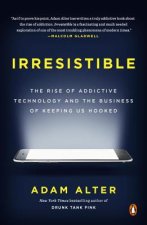
Irresistible
10.37 € -16 % -

Contagious
9.96 € -8 % -

Medium is the Massage
10.07 € -24 % -

Understanding Media
37.17 € -17 % -
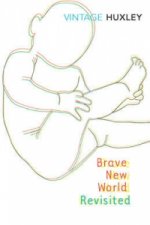
Brave new World Revisited
9.36 € -29 % -

Buyology
12.58 € -20 % -
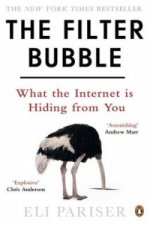
Filter Bubble
11.68 € -20 % -

Hidden Persuaders
14.90 € -17 % -

Running the Show
58.03 € -

Media and Political Process
41 € -9 % -
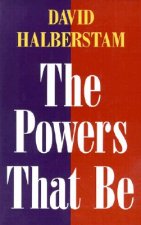
Powers That Be
28.91 € -10 % -

Amusing Ourselves to Death
12.58 € -19 % -

Stack
44.12 € -16 % -

To Save Everything, Click Here
10.87 € -23 % -

Media Student's Book
49.36 € -4 % -
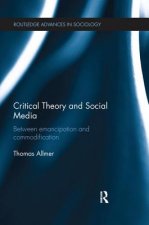
Critical Theory and Social Media
66.19 € -5 % -

Pre-Code Hollywood
22.46 € -18 % -
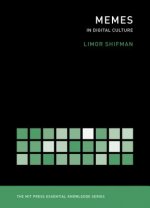
Memes in Digital Culture
14.50 € -15 % -
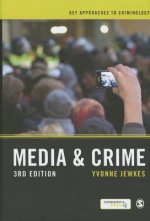
Media and Crime
52.69 € -

Txtng: The Gr8 Db8
11.48 € -28 % -

Television Culture
53.49 € -

Spotify Teardown
16.61 € -20 % -

Internet Does Not Exist
16.61 € -21 % -
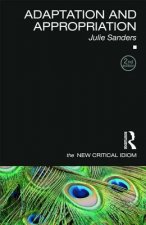
Adaptation and Appropriation
30.52 € -9 % -

American Silent Film
22.06 € -14 % -

Proteus Paradox
37.37 € -4 % -

Understanding Esports
55.81 € -

Screen Damage - The Dangers of Digital Media for Children
25.28 € -1 % -

Four Arguments for the Elimination of Television
14.60 € -18 % -

Tubes
11.27 € -28 % -

Imagination and Interpretation
16.41 € -21 % -

Hollywood and the CIA
66.79 € -
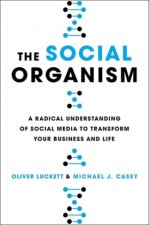
Social Organism
18.43 € -
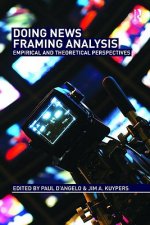
Doing News Framing Analysis
67.80 € -

Persuasive Games
36.26 € -16 % -

Taking South Park Seriously
32.74 € -4 % -

Media in China, China in the Media - Processes, Strategies, Images, Identities
46.54 € -5 % -

Game Design Deep Dive
51.27 € -

Remediation
33.74 € -16 % -
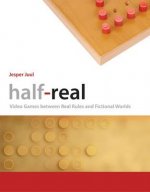
Half-Real
28 € -16 % -

Pola Negri
35.96 € -

Ludotopia - Spaces, Places, and Territories in Computer Games
41.30 € -3 % -
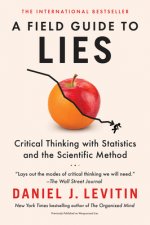
Field Guide to Lies
15.71 € -25 % -

Scriptwriting for Film, Television and New Media
51.27 € -
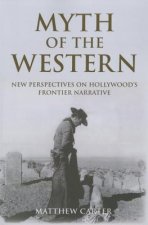
Myth of the Western
36.26 € -

Textual Poachers
73.34 € -

Beyond Powerful Radio
69.21 € -4 %
Collection points Bratislava a 2642 dalších
Copyright ©2008-24 najlacnejsie-knihy.sk All rights reservedPrivacyCookies


 15549 collection points
15549 collection points Delivery 2.99 €
Delivery 2.99 € 02/210 210 99 (8-15.30h)
02/210 210 99 (8-15.30h)